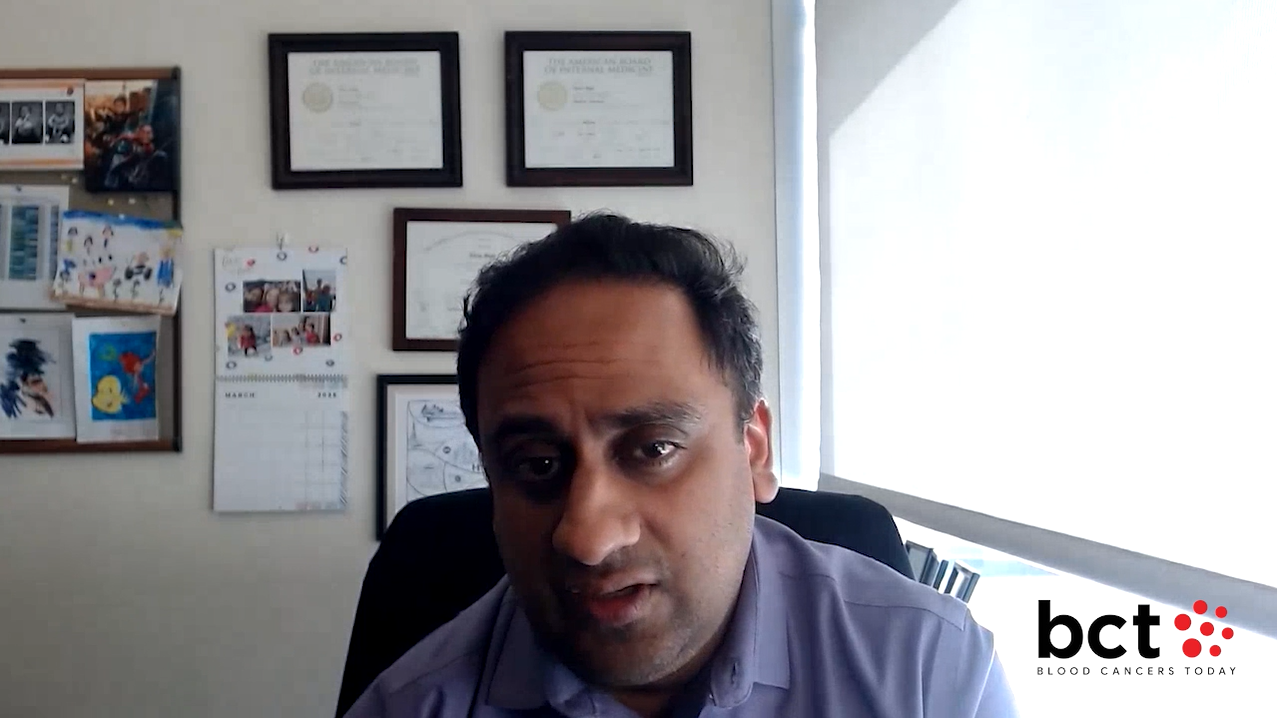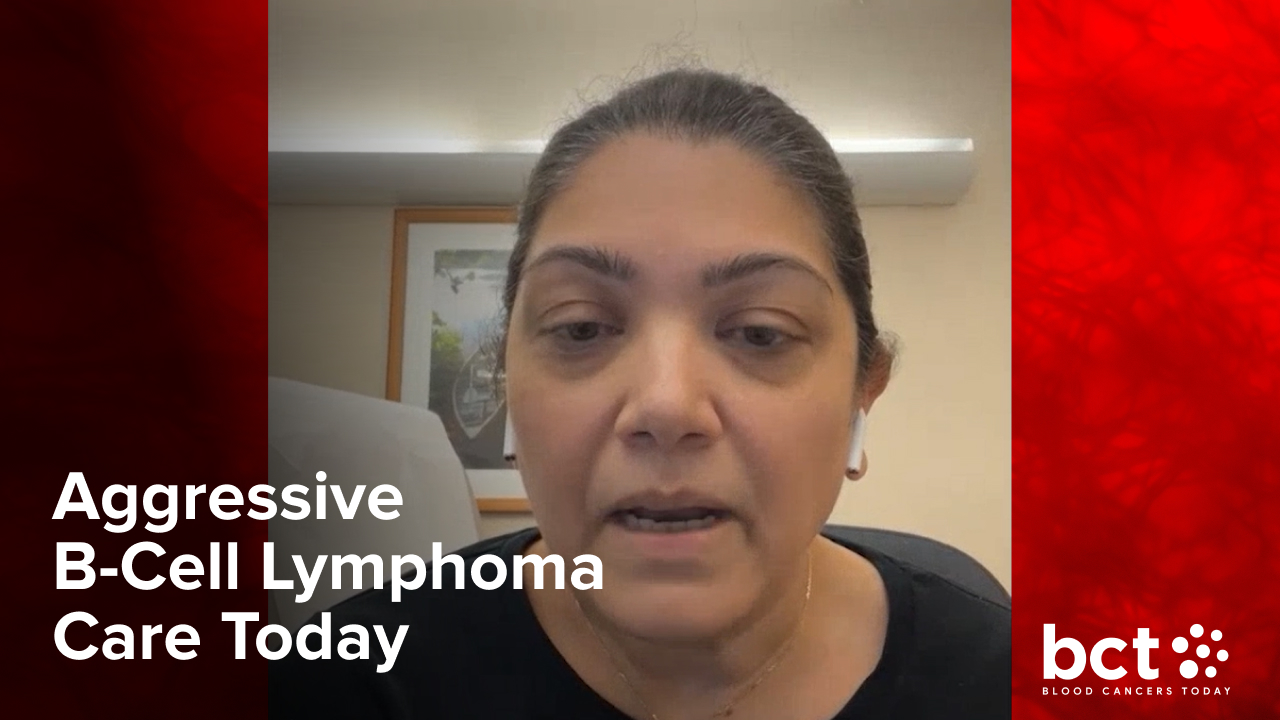Ajai Chari, MD, Discusses the MonumenTAL-1 Study
By Ajai Chari, MD, Cecilia Brown - Last Updated: March 3, 2023Talquetamab “demonstrated robust efficacy and manageable safety” in patients with heavily pretreated relapsed or refractory multiple myeloma, according to results from the phase I/II MonumenTAL-1 study.
Ajai Chari, MD, of Mount Sinai School of Medicine, presented the data on talquetamab, a bispecific antibody targeting CD3 and GPRC5D, during the 2022 American Society of Hematology (ASH) Annual Meeting.
“The MonumenTAL-1 study is really exciting,” Dr. Chari said, noting the phase I portion of the study showed a response rate of around 70% in patients with heavily pretreated relapsed or refractory multiple myeloma.
Dr. Chari and colleagues recently published the study’s phase I results in the New England Journal of Medicine.
“Here at ASH, the purpose was to validate those studies in a randomized phase II study,” he said. “That’s really what was presented for the first time here at this year’s ASH, the patients who got to [receive] two recommended phase II doses.”
The study’s efficacy results are “really encouraging,” he said, noting there an overall response rate of 73% in patients who received a dose of 0.4 mg/kg.
Furthermore, the “remarkable outcomes really are in the context of who got enrolled,” Dr. Chari said, noting that MonumenTAL-1 included patients with high-risk disease and multiple prior lines of therapy.
He also highlighted the safety profile of talquetamab, noting grade 3 to grade 4 toxicities were “relatively uncommon” in the MonumenTAL-1 study.
“Only 5% of patients came off for adverse events,” Dr. Chari said. “The majority of patients are basically benefiting from this drug … and so it’s a really exciting new option for patients.”
With the Biologics License Application (BLA) for talquetamab submitted to the U.S. Food and Drug Administration in early December 2022, the regulatory process is underway.
“We hope because of the breakthrough designation it received, that it will get an accelerated approval strategy and we should get an evaluation of the BLA in maybe six months,” Dr. Chari said.
As the regulatory process moves forward, other studies of the drug continue.
“In the interim, there’s a confirmatory randomized phase III study combining this drug with other agents in comparison to a control arm,” Dr. Chari said. “There are also phase I studies combining this agent with other backbone drugs in myeloma—but also the sister bispecific if you will, teclistamab—and also checkpoint inhibitors, so a lot of exciting studies down the road.”






 © 2025 Mashup Media, LLC, a Formedics Property. All Rights Reserved.
© 2025 Mashup Media, LLC, a Formedics Property. All Rights Reserved.